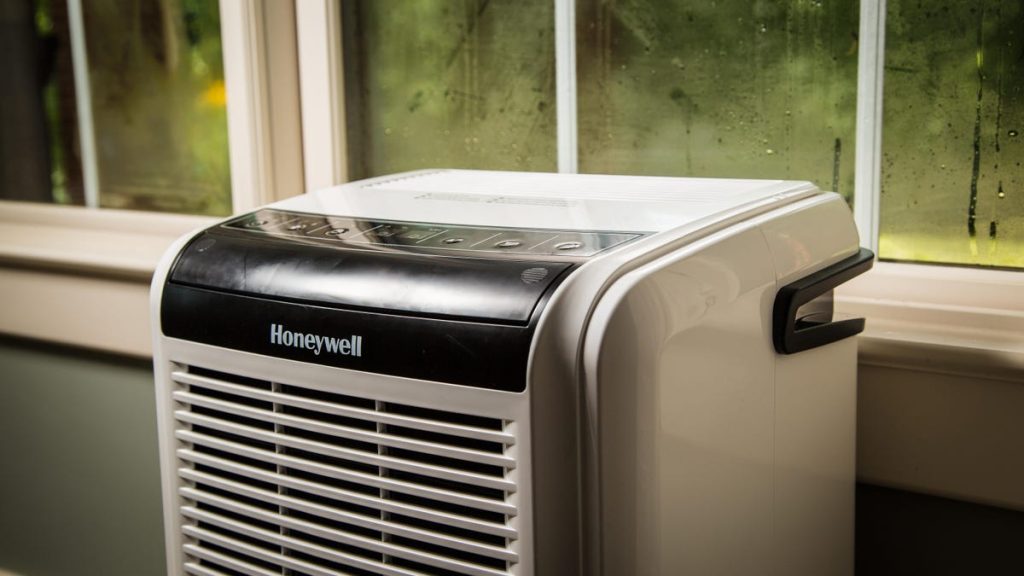Dehumidifiers come in different types, with condensation and desiccants being the most common. Condensation dehumidifiers are more effective and can either be manually drained or connected to a hose for continuous drainage. Some units also include a drain pump to facilitate upward draining. When choosing a dehumidifier, it is important to consider the size of the space you want to dehumidify and the volume of water it can handle per day. The reach of a dehumidifier typically ranges between 1,500 and 4,500 square feet, with a capacity of 20 to 70 pints of water per day. The size of the dehumidifier itself is also important, with most floor models having a large footprint.
Dehumidifiers come with a variety of features that can enhance their functionality. Some models are smart-enabled, allowing you to monitor and control them remotely through your home Wi-Fi. Units with pumps can drain water upwards into a sink, while a defrost function is useful for operating the dehumidifier in cold and damp environments. Other features to consider include sleep timers, custom humidity settings, and multiple speeds. These features enhance the convenience and efficiency of the dehumidifier, making it easier to maintain the desired humidity levels in your space.
In addition to the functionality and features of a dehumidifier, it is essential to understand the maintenance requirements. Regular cleaning of the unit, including the filter and reservoir, is necessary to ensure optimal performance. Some dehumidifiers come with washable filters that can be easily cleaned, while others may require replacement filters. It is also important to empty and clean the reservoir regularly to prevent mold and bacteria growth. By following the manufacturer’s instructions for maintenance, you can prolong the lifespan of your dehumidifier and ensure its continued effectiveness.
When operating a dehumidifier, it is important to set the appropriate humidity level for your space. The ideal humidity level for indoor spaces is typically between 30% and 50%. Setting the dehumidifier to maintain this range can help prevent mold, mildew, and other moisture-related issues. In addition, running the dehumidifier continuously may not be necessary, especially in spaces with less humidity. Monitoring the humidity levels and adjusting the settings accordingly can help conserve energy and prevent overuse of the dehumidifier.
Overall, choosing the right dehumidifier for your space involves considering factors such as type, size, features, and maintenance requirements. By selecting a dehumidifier that matches the size and humidity levels of your space, you can effectively control moisture and improve air quality. With proper maintenance and operation, a dehumidifier can help create a more comfortable and healthy indoor environment.












